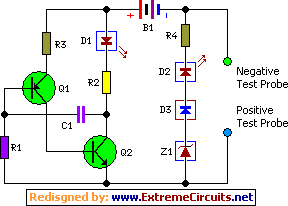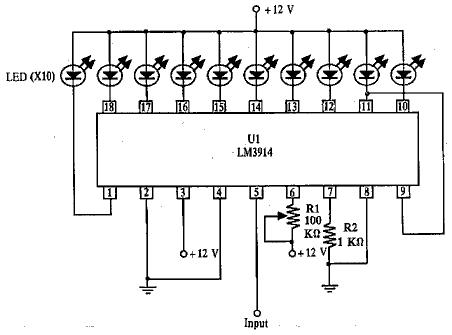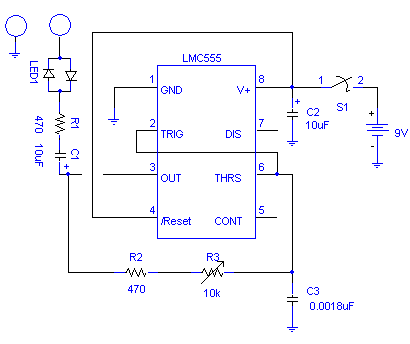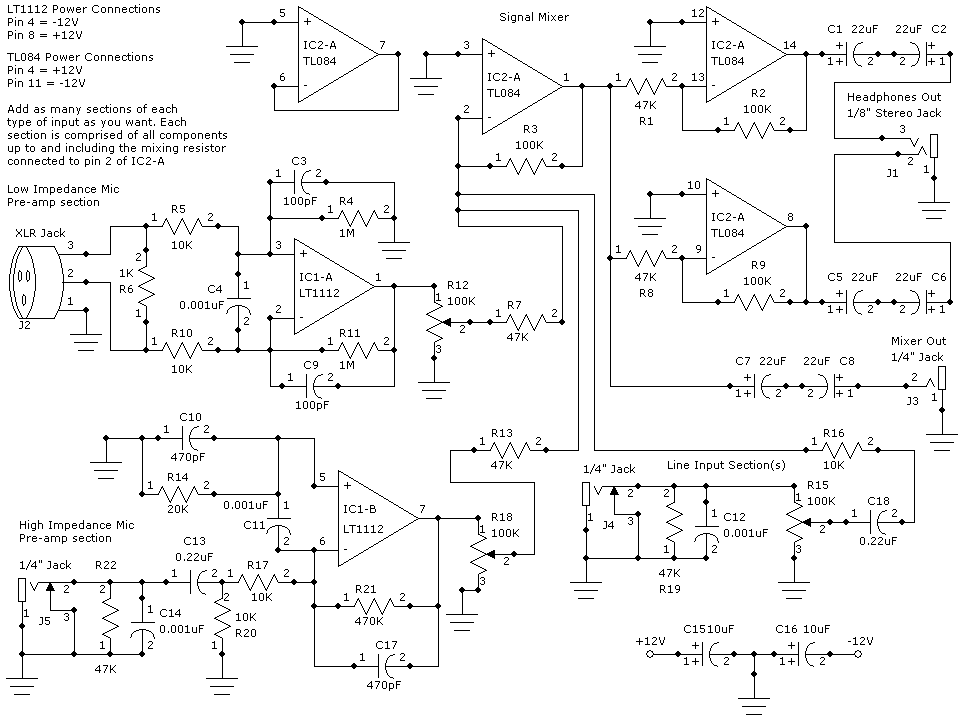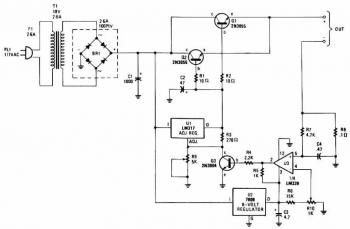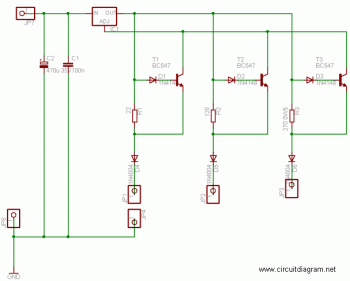
Simplest DIY Li-Polymer Charger Schematic
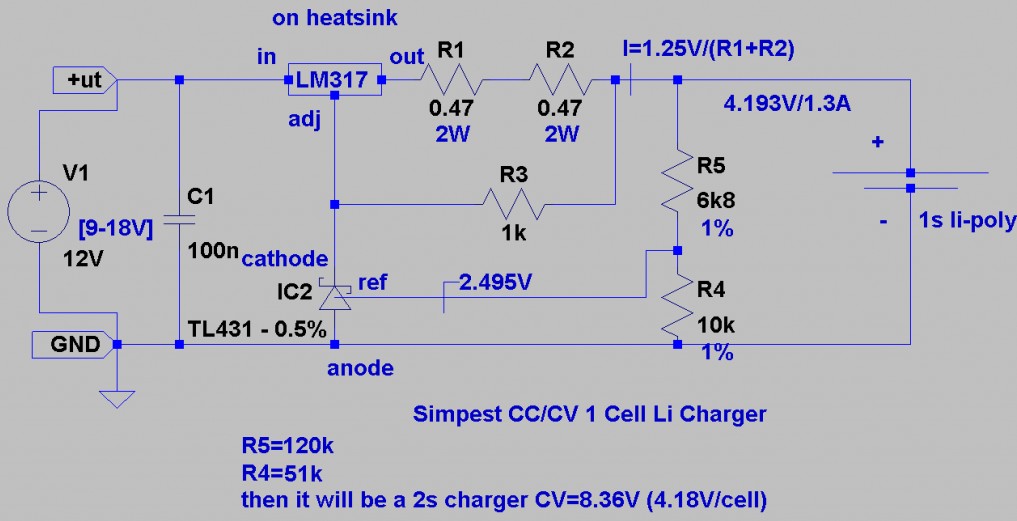
This is a Lithium-ion charger for LiPo batteries. The circuit schematic illustrates the configuration for charging a single 3.7V LiPo battery, but the voltage can be adjusted to charge multiple batteries in series. The LiPo charger establishes a current limit using the LM317 and one resistor, while the voltage limit is set with the TL431 and two resistors.
The described circuit employs the LM317 voltage regulator, which functions as a constant current source to safely charge LiPo batteries. The LM317 is configured to provide a specific output current, determined by the value of the resistor connected to its adjustment pin. This resistor value can be calculated using the formula I = 1.25/R, where I is the desired charging current in amperes, and R is the resistance in ohms. This ensures that the LiPo battery is charged at a safe rate, preventing overheating and extending battery life.
The voltage regulation aspect of the charger is managed by the TL431, a programmable shunt voltage reference. The TL431 can be set to a specific reference voltage, typically around 2.5V, and is used in conjunction with two resistors to form a voltage divider. This configuration allows for precise adjustment of the output voltage to match the required charging voltage for LiPo batteries, which is typically around 4.2V per cell. For charging multiple cells in series, the output voltage can be scaled accordingly by adjusting the resistor values.
In addition to the main components, it is crucial to include protection features such as overvoltage and overcurrent protection to safeguard both the charger and the batteries. This can be achieved by integrating additional components such as fuses or circuit breakers that disconnect the battery in case of fault conditions.
Overall, the circuit design must consider thermal management, ensuring that the LM317 and TL431 do not exceed their maximum operating temperatures. Proper heat sinking and airflow must be provided to maintain reliable operation. Additionally, it is advisable to implement a charging status indicator, such as an LED, to visually inform the user of the charging status. This comprehensive approach ensures a robust and efficient charging solution for LiPo batteries.This is a Lithium-ion charger for lipo batteries. Circuit schematic shows configuration for charging single 3.7V lipo battery but voltage can be set to charge several batteries in series. Lipo charger sets a current limit with the LM317, and 1 resistor, and the voltage limit with the TL431, and 2 resistors..
🔗 External reference
The described circuit employs the LM317 voltage regulator, which functions as a constant current source to safely charge LiPo batteries. The LM317 is configured to provide a specific output current, determined by the value of the resistor connected to its adjustment pin. This resistor value can be calculated using the formula I = 1.25/R, where I is the desired charging current in amperes, and R is the resistance in ohms. This ensures that the LiPo battery is charged at a safe rate, preventing overheating and extending battery life.
The voltage regulation aspect of the charger is managed by the TL431, a programmable shunt voltage reference. The TL431 can be set to a specific reference voltage, typically around 2.5V, and is used in conjunction with two resistors to form a voltage divider. This configuration allows for precise adjustment of the output voltage to match the required charging voltage for LiPo batteries, which is typically around 4.2V per cell. For charging multiple cells in series, the output voltage can be scaled accordingly by adjusting the resistor values.
In addition to the main components, it is crucial to include protection features such as overvoltage and overcurrent protection to safeguard both the charger and the batteries. This can be achieved by integrating additional components such as fuses or circuit breakers that disconnect the battery in case of fault conditions.
Overall, the circuit design must consider thermal management, ensuring that the LM317 and TL431 do not exceed their maximum operating temperatures. Proper heat sinking and airflow must be provided to maintain reliable operation. Additionally, it is advisable to implement a charging status indicator, such as an LED, to visually inform the user of the charging status. This comprehensive approach ensures a robust and efficient charging solution for LiPo batteries.This is a Lithium-ion charger for lipo batteries. Circuit schematic shows configuration for charging single 3.7V lipo battery but voltage can be set to charge several batteries in series. Lipo charger sets a current limit with the LM317, and 1 resistor, and the voltage limit with the TL431, and 2 resistors..
🔗 External reference
